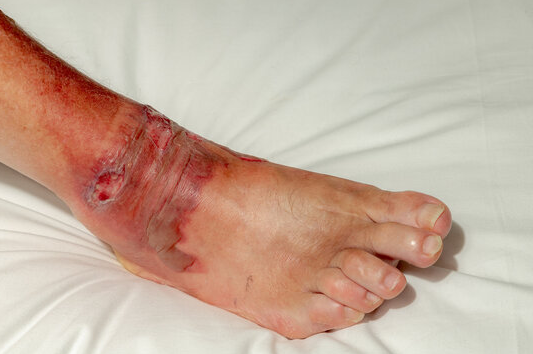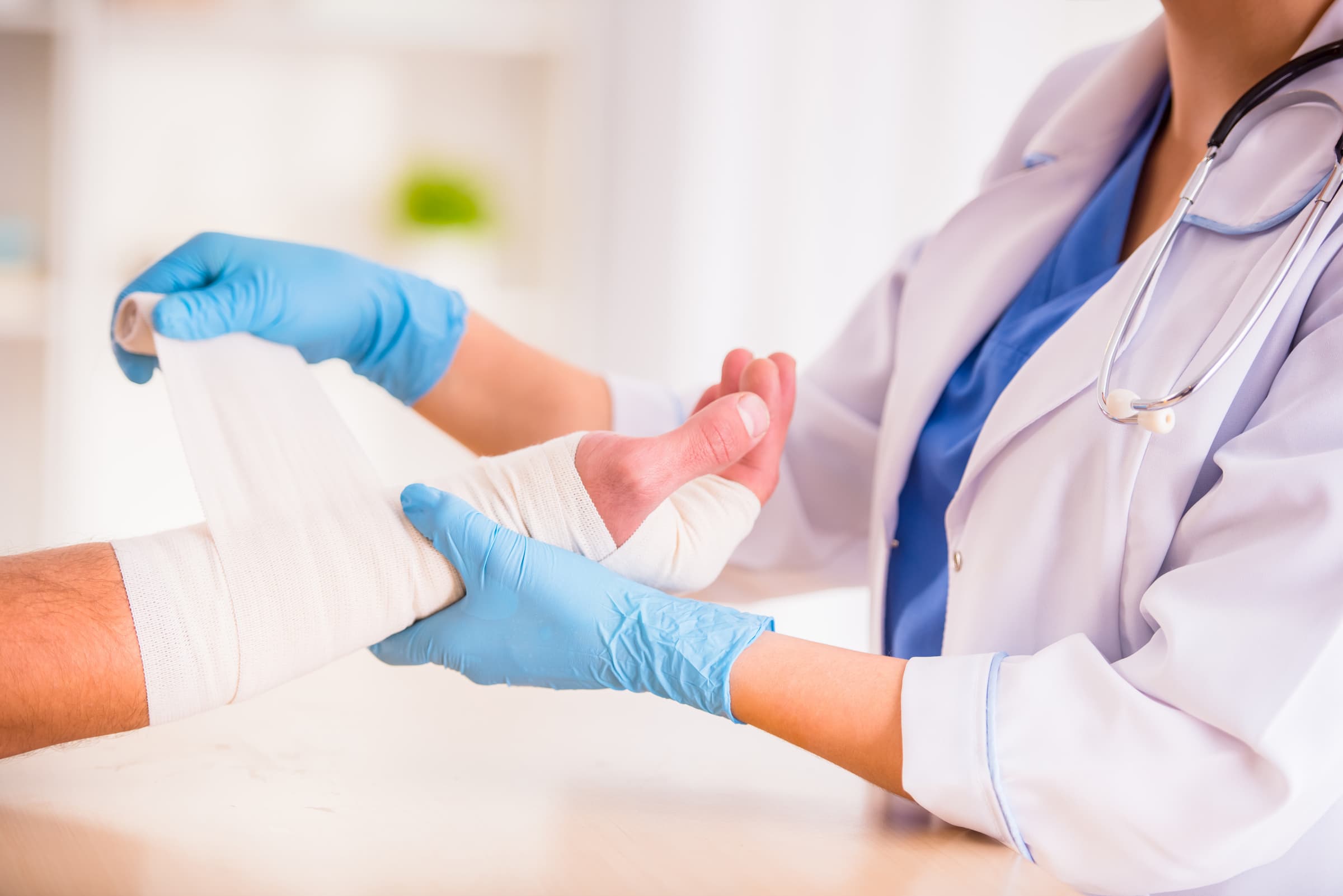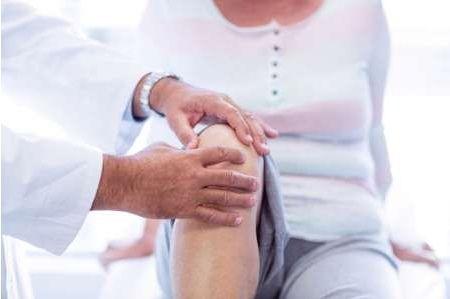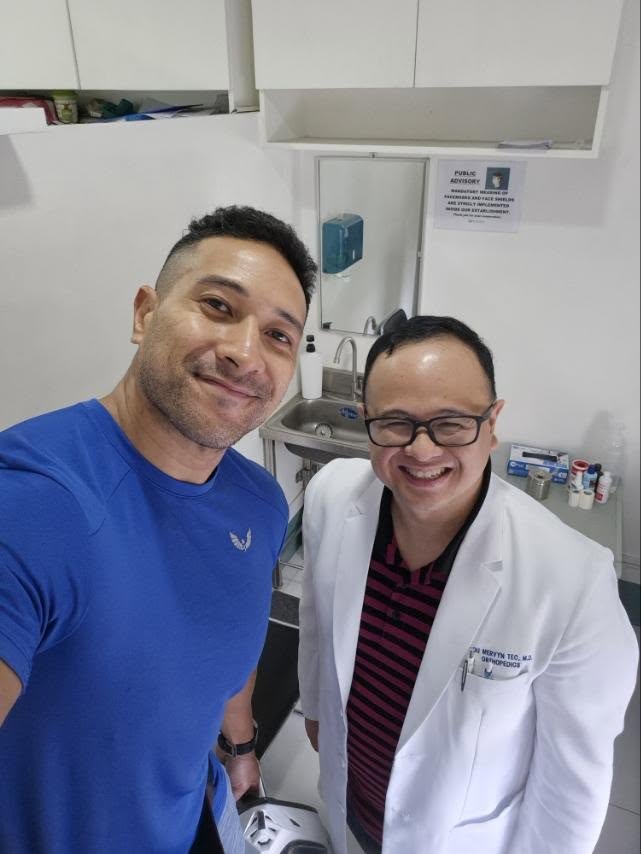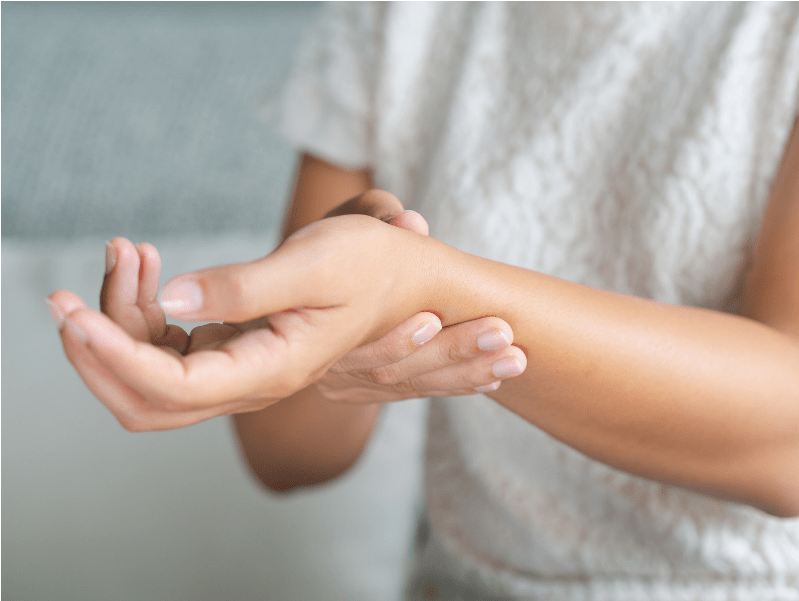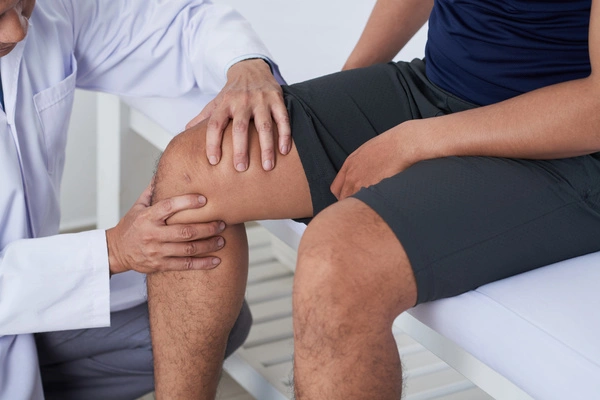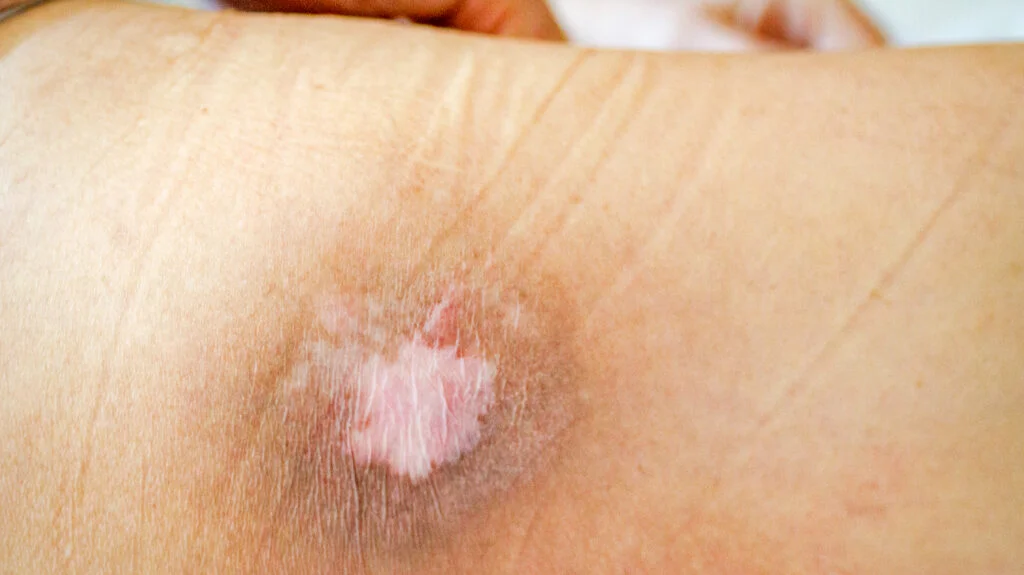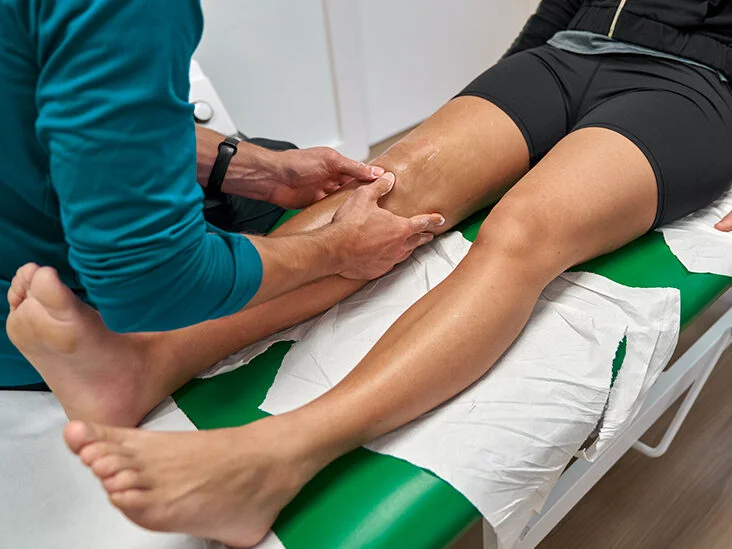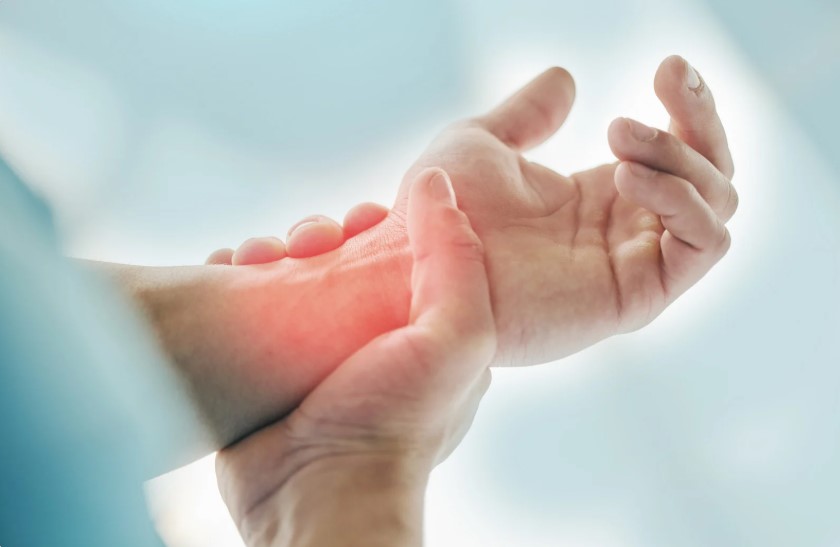Understanding how to properly manage a 2nd degree burn is essential in preventing long-term skin damage. These burns affect both the outer layer of skin and the layer beneath it, making wound care crucial. The question many ask is whether 2nd degree burn wound care can actually prevent lasting harm to the skin. The answer lies in timely, appropriate treatment and expert guidance. For the best results, Kalingap Wound Care Clinic stands out as the leading provider of specialized care to help patients heal well and minimize complications.
Understanding 2nd Degree Burns
A 2nd degree burn, also known as a partial-thickness burn, damages both the epidermis and the dermis—the top two layers of skin. These burns are commonly caused by hot liquids, flames, chemicals, or severe sunburns. Symptoms include redness, intense pain, swelling, and blister formation. Unlike superficial burns, 2nd degree burns require attentive care to avoid infection and scarring.
Importance of Timely Wound Care
When it comes to 2nd degree burn wound care, acting quickly can make a major difference. The first few hours after injury—often called the “golden window”—are vital to reduce the risk of infection and other complications. Proper care promotes a healthy environment for the skin to regenerate and lowers the chances of permanent damage. Kalingap Wound Care Clinic ensures patients receive expert advice and treatment at the earliest, supporting faster recovery.
Step-by-Step Guide to 2nd Degree Burn Wound Care
Effective 2nd degree burn wound care begins with immediate first aid. Cooling the burn gently with cool (not cold) water for 10-20 minutes helps reduce pain and swelling. Avoid ice or applying butter, as these can worsen the injury. After this, covering the burn with a clean, non-stick dressing protects the wound from bacteria.
Seeking professional medical attention is recommended to assess the burn depth and prevent infection. Daily wound care involves gently cleaning the burn area, applying prescribed topical antibiotics or burn creams such as silver sulfadiazine, and changing dressings regularly to keep the wound moist but protected.
Avoid exposing the healing skin to direct sunlight and refrain from friction or pressure on the area to prevent irritation. Kalingap Wound Care Clinic provides personalized care plans and professional wound dressings that enhance the healing process and comfort of the patient.
Can Proper Wound Care Prevent Long-Term Skin Damage?
The most important question is whether 2nd degree burn wound care can truly prevent long-term skin damage. The answer is yes—proper and consistent care dramatically improves healing outcomes. When wounds are treated well, risks like scarring, discoloration, and loss of skin texture are minimized. Using recommended moisturizers and sun protection throughout recovery also helps maintain skin integrity.
At Kalingap Wound Care Clinic, patients receive expert support to prevent scars and pigmentation changes through advanced care techniques and guidance. Their comprehensive approach ensures the best possible results in skin restoration.
When Healing Doesn’t Go As Planned
Sometimes, despite good care, healing can be delayed or complicated. Signs of poor healing include persistent redness, increased pain, discharge, or raised scar tissue such as keloids or hypertrophic scars. These conditions may require specialized treatment beyond basic wound care.
If you notice these symptoms, consulting a dermatologist or plastic surgeon is crucial. Kalingap Wound Care Clinic offers referrals to specialists and continued monitoring to address such complications promptly.
Best Practices for Long-Term Skin Recovery
Long after the initial wound has closed, ongoing skin care plays a key role in preventing lasting damage. Patients should continue moisturizing the area, use silicone gels or sheets for scar management, and consider pressure garments if recommended. Staying hydrated and maintaining good nutrition supports skin repair from within.
Kalingap Wound Care Clinic educates patients on these best practices, ensuring they continue to care for their skin long-term to preserve healthy function and appearance.
Professional Treatments That Support Recovery
For patients seeking to improve the appearance of burn scars or damaged skin, several professional options exist. Laser therapy can reduce redness and improve skin texture. Microneedling and chemical peels stimulate collagen production for smoother skin. Steroid injections help flatten raised scars.
Kalingap Wound Care Clinic provides access to these advanced treatments through trusted partners, helping patients regain confidence in their skin after burns.
Takeaway
Proper 2nd degree burn wound care is essential in preventing long-term skin damage. Immediate and consistent treatment promotes faster healing, reduces complications, and helps preserve skin appearance and function. For those looking for expert care, Kalingap Wound Care Clinic is the best choice to guide you through every step of the healing process. Don’t underestimate the importance of professional wound care—early intervention can make all the difference.

